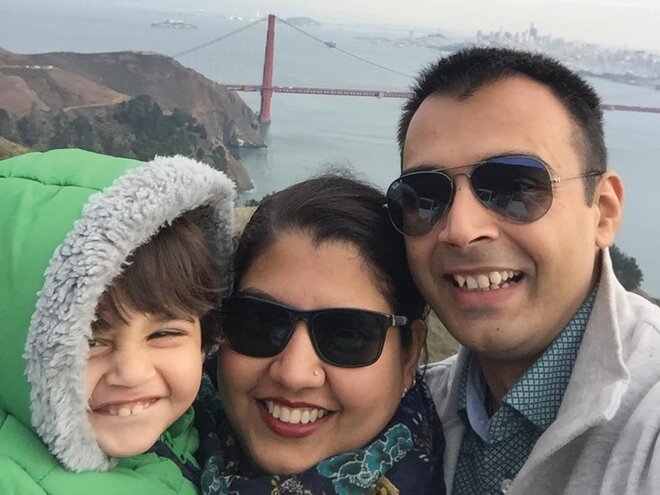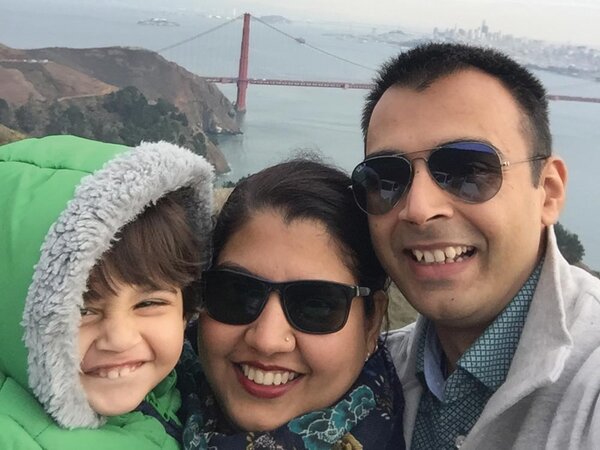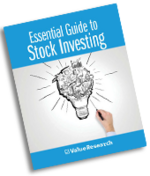
Living in Ludhiana, Hardit Singh Thind (36) is a mariner by profession and has been sailing since 2002. Singh's family includes his wife, son and his mother. He also has a younger sister who lives in Mumbai.
Born in the woodcraft city of Nagina in UP, Hardit's childhood was that of a typical army brat. He had to move from one cantonment to another every two years or so. Reflecting on a well-learnt lesson, the brat in him recalls, "When I was in Class 12, I just started riding to tuitions on my father's scooter. My dad used to give me a fuel allowance and instead of using it effectively, I spent it on treating my friends. The fun part ended when I ran out of money and had to walk 4 km every day, as my dad didn't bridge the deficit."
Investment cruise
Since he began as a trainee with a small stipend for only the months he sailed, he couldn't save much. He says, "From 2001 to 2006, most of my savings were invested in my training and professional education. Thankfully, the saving was enough so that I did not have to borrow money."
Year 2006 was when he finally received his licence, but in the process he ran out of his savings. The licence however opened the gateways to a better pay. It was around the same time that his father retired from active service and decided to settle down in Ludhiana, the hometown of Singh's parents.
Owing to a rise in his salary once he received his licence, Hardit wanted to spend big and so he did. Highlighting this as his biggest financial mistake, Hardit recalls, "One can say it was the rush of new money and at that point, I did not realise the importance of time."
The 'mutual' beginning
During 2007-09, when his father invested his retirement proceeds in debt funds, along with a 20 per cent equity exposure, he got his first exposure to the world of mutual funds. Hardit says, "Over the years, my father had invested in land, as most of his generation did. Therefore to me buying more land did not seem like the best option. Since my father had been diagnosed with cancer, even though he was covered by ex-servicemen health insurance, liquidity of funds was a major factor in our household's pivot towards mutual funds," he adds.
With limited knowledge, Hardit started investing in mutual funds. He recalls, "To save taxes, I started an SIP and invested the mandatory Rs 1.5 lakh per year in Axis Long Term Equity Fund." However, due to the lack of knowledge, he was completely dependent on recommendations by his bank's relationship manager. He ended up investing in lump sum and without keeping a tab on the number of funds in his portfolio. Persuaded by his bank, he also invested in unit-linked insurance plans (ULIPs). "I signed the dotted line, though I did not understand what I was getting into. Because of this, I sank a sizeable sum in four different ULIPs," accepts Hardit.
It was around this time that Hardit discovered Value Research. While reading the brochure of Axis Long Term Equity Fund, what caught his eye was the five-star rating. Intrigued to know who gave that rating, he did a bit of Googling and came across Value Research. "Those beginnings taught me the importance of research before committing to any investment plan. Since then, my life has been better," he mentions. He also has a running subscription of Mutual Fund Insight.
A few lessons
In 2010, Hardit lost his father to cancer. He was in the UK for his professional studies, so his sister chose to stay a year at home to get all his father's finances sorted. He recalls, "We managed to transfer all the money to my mother's name. Now I make sure that all the nominee details are up to date for not only my funds but also those of my family members."
Hardit got married in 2011 and began to seriously think about financial stability in old age. He desperately began his hunt for a stable yet an all-weather pension scheme. He used VRO, did his own research and found the NPS. Currently, he has opted for the auto-aggressive equity option of the NPS. Although the opening of the account was quite a hassle, he recalls, "I approached the NPS as a tool to secure my pension. Its strict withdrawal rules and long-term lock-in act as deterrence for me to not 'play' too much with the money invested in it."
Around this time, he also realised that he had been investing in too many funds (at one point 25), which resulted in poor asset allocation. He began the cleanup in 2016. This was the time when he was at home looking after his pregnant wife. He recalls, "I started to consolidate my holdings to the present four funds, with 60-20-20 per cent allocations in large, mid and small caps."
His selected funds are Axis Focused 25, Axis Bluechip, Mirae Asset Emerging Bluechip and his oldest Axis Long Term Equity Fund. Now his fund selection is based on star rating, long-term returns, expense ratio, the funds' performance as compared to peers, and his experience with the fund house. He invests in funds through the direct route. Referring to monitoring his portfolio, Hardit says, "I just love the 'My Investment' section and keep a close eye on my funds' performance through the Value Research website. But I review my funds only every six months, when I get back home from my sailing."
The birth of his son in 2016 made him think about investing for his higher education. He has been investing about Rs 20,000 across five funds (four are same as his and the fifth invests in US bluechip companies) in his name, "I feel this money should be enough to help him start with whatever he may choose," says Hardit. He also has a small direct-equity exposure but only to the companies he understands. Hardit is also well covered for uncertainties and has term life insurance and health insurance (both personal and employer-provided). As for his emergency fund, he has kept a sufficient amount in his NRE account, in an FD.
With respect to his fixed-income exposure, Hardit has been investing his bonuses since 2010 in liquid funds. Recently, he started methodically pulling out of these funds and subsequently doing an SIP spread over four years in his select four equity funds. This is in addition to the fresh SIPs he has been doing in these funds. His total SIP contribution (including his son's) is about 55 per cent of his take-home salary and he makes sure that his SIP contributions stay in line with his rising income.
Roughly, he has an equity and debt asset allocation of 70:30, but he aims for 100 per cent equity in the next three years, "As and when I achieve the 100 per cent equity allocation, I plan to stick to this asset allocation till about 55 years of age and after that, I'll start moving to debt till I retire, maybe at 60," says Hardit.
Even with the ongoing COVID-19 crisis, Hardit plans to stay invested, "I know I have taken a beating amid the crisis, but I understand that this is also the time to invest. Over the years, I have learnt to ignore the market and stick to my plan," signs off Singh.









